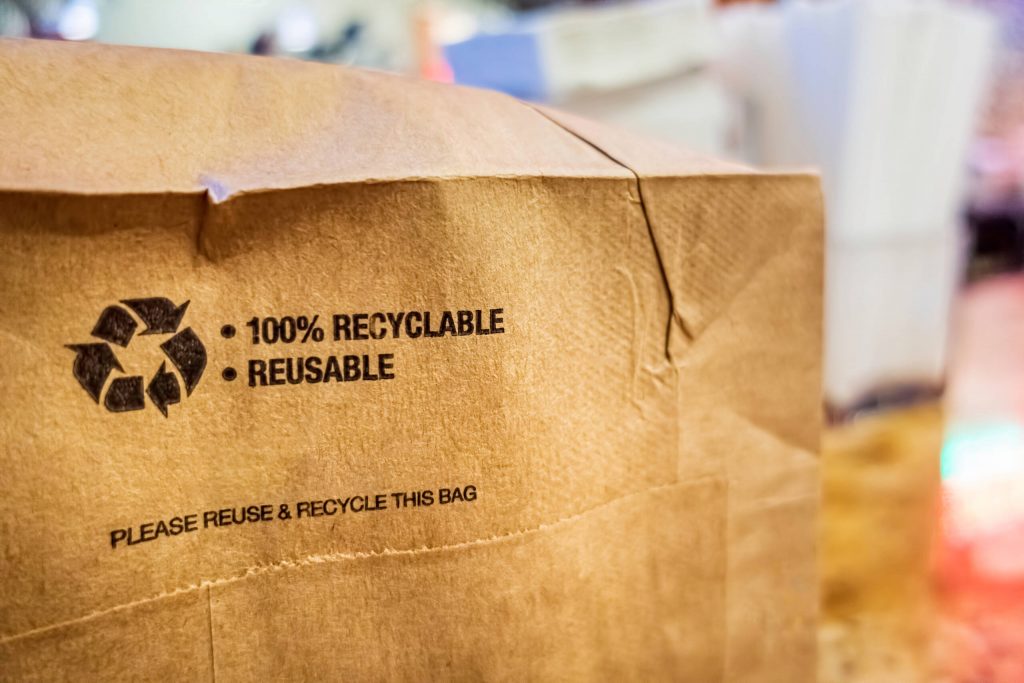The Environmental Superiority of Biodegradable Materials over Plastic

Plastic pollution has become a global crisis, with devastating effects on our environment and ecosystems. In recent years, the concept of biodegradable materials has gained significant attention as a potential solution to this problem. In this blog post, we will explore why biodegradable materials are better than plastic, examining their environmental impact, benefits, and potential applications.
- Environmental Impact:
Plastic is notorious for its long-lasting presence in the environment, taking hundreds of years to decompose. On the other hand, biodegradable materials have the ability to break down naturally through biological processes, minimizing their impact on landfills, oceans, and wildlife. This key difference makes biodegradable materials a more sustainable choice. - Reduction of Waste:
One of the major advantages of biodegradable materials is their ability to reduce waste accumulation. Unlike plastic, which persists in the environment indefinitely, biodegradable materials can be broken down into harmless substances by microorganisms. This not only reduces the amount of waste in landfills but also decreases the need for recycling and incineration. - Resource Conservation:
The production of plastic requires significant amounts of fossil fuels and natural resources. In contrast, biodegradable materials can be derived from renewable sources such as plant-based polymers, reducing our dependence on non-renewable resources. By choosing biodegradable alternatives, we can contribute to the conservation of resources and promote a more sustainable future. - Lesser Carbon Footprint:
Plastic manufacturing processes release substantial amounts of greenhouse gases into the atmosphere, contributing to climate change. Biodegradable materials, however, have a lower carbon footprint due to their renewable sourcing and reduced energy requirements during production. By opting for biodegradable options, we can mitigate the environmental impact associated with plastic production. - Versatile Applications:
Biodegradable materials are not limited to single-use items but can be utilized in various industries. From packaging materials and disposable cutlery to agricultural films and medical implants, the potential applications of biodegradable materials are vast. This versatility allows for a wide range of sustainable alternatives to plastic across different sectors.
Conclusion:
In conclusion, the environmental superiority of biodegradable materials over plastic is evident. Their ability to decompose naturally, reduce waste accumulation, conserve resources, lower carbon footprint, and offer versatile applications make them a compelling choice for a sustainable future. By embracing biodegradable materials, we can combat plastic pollution and protect our planet for generations to come.


